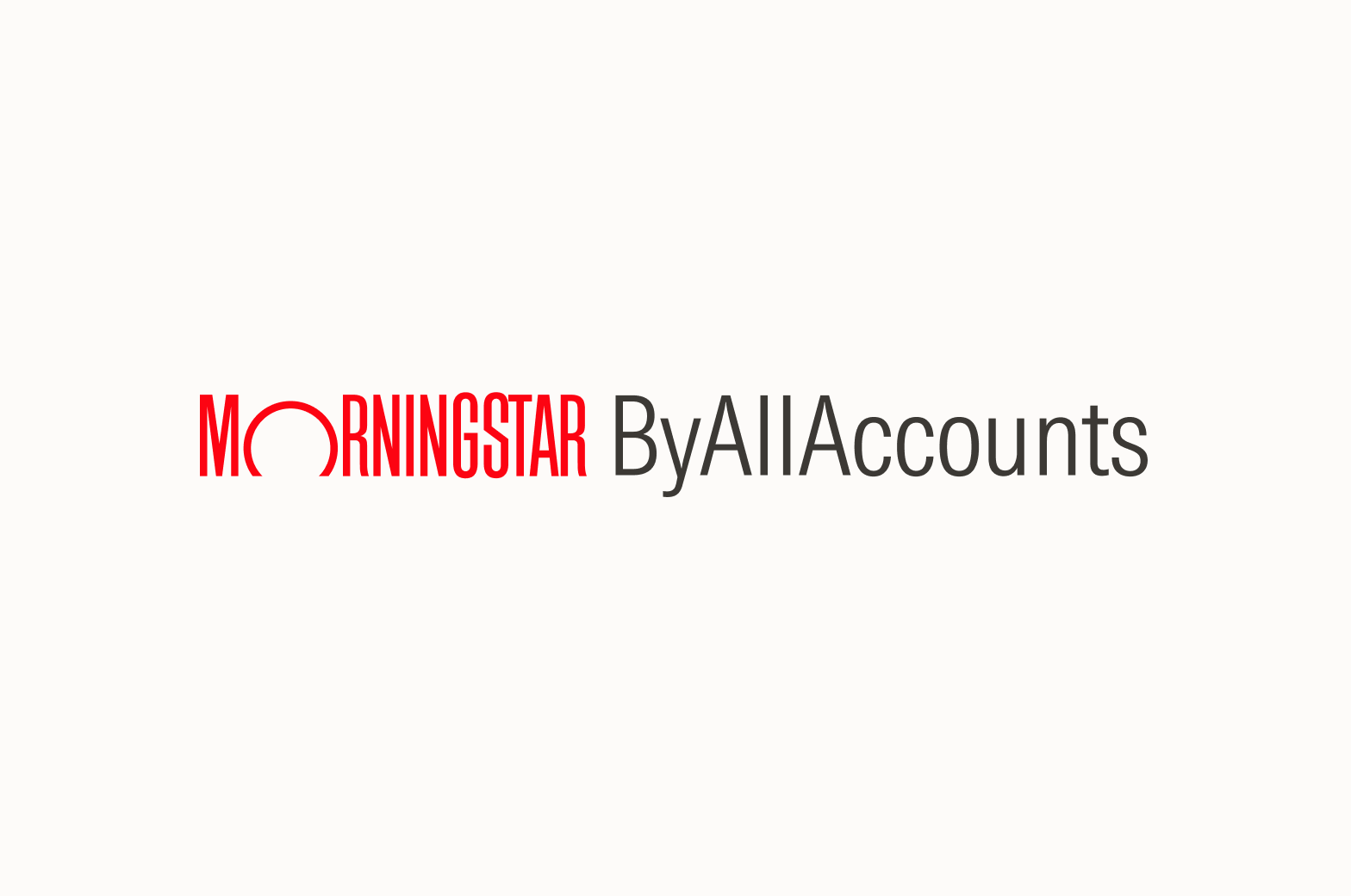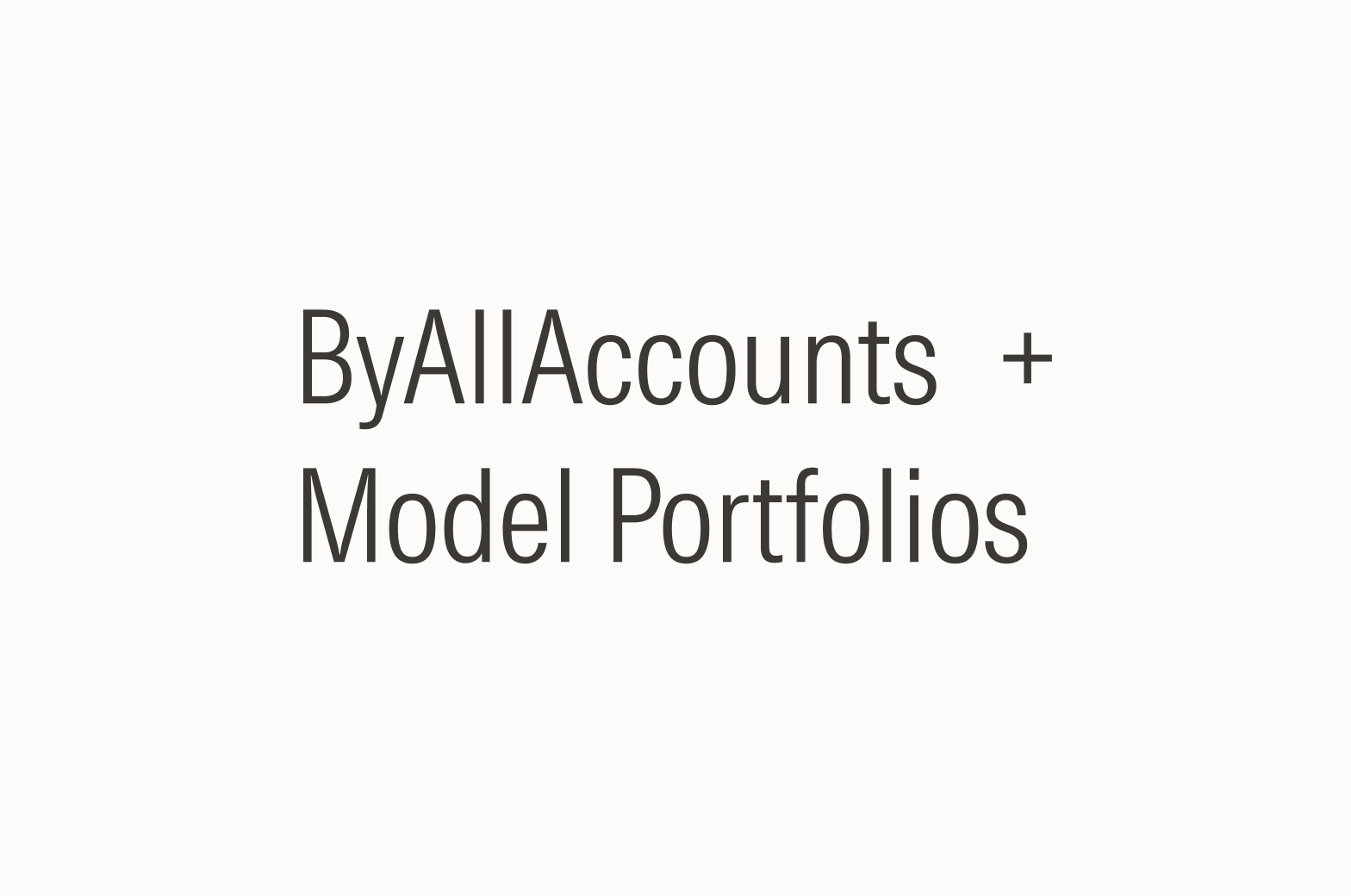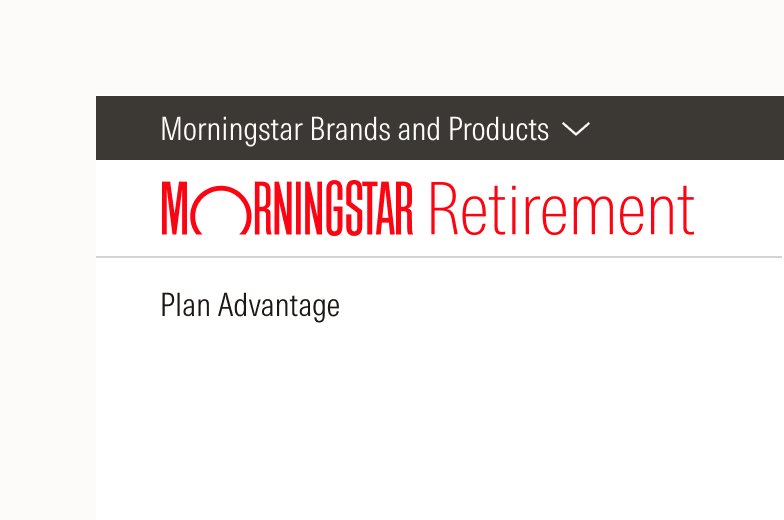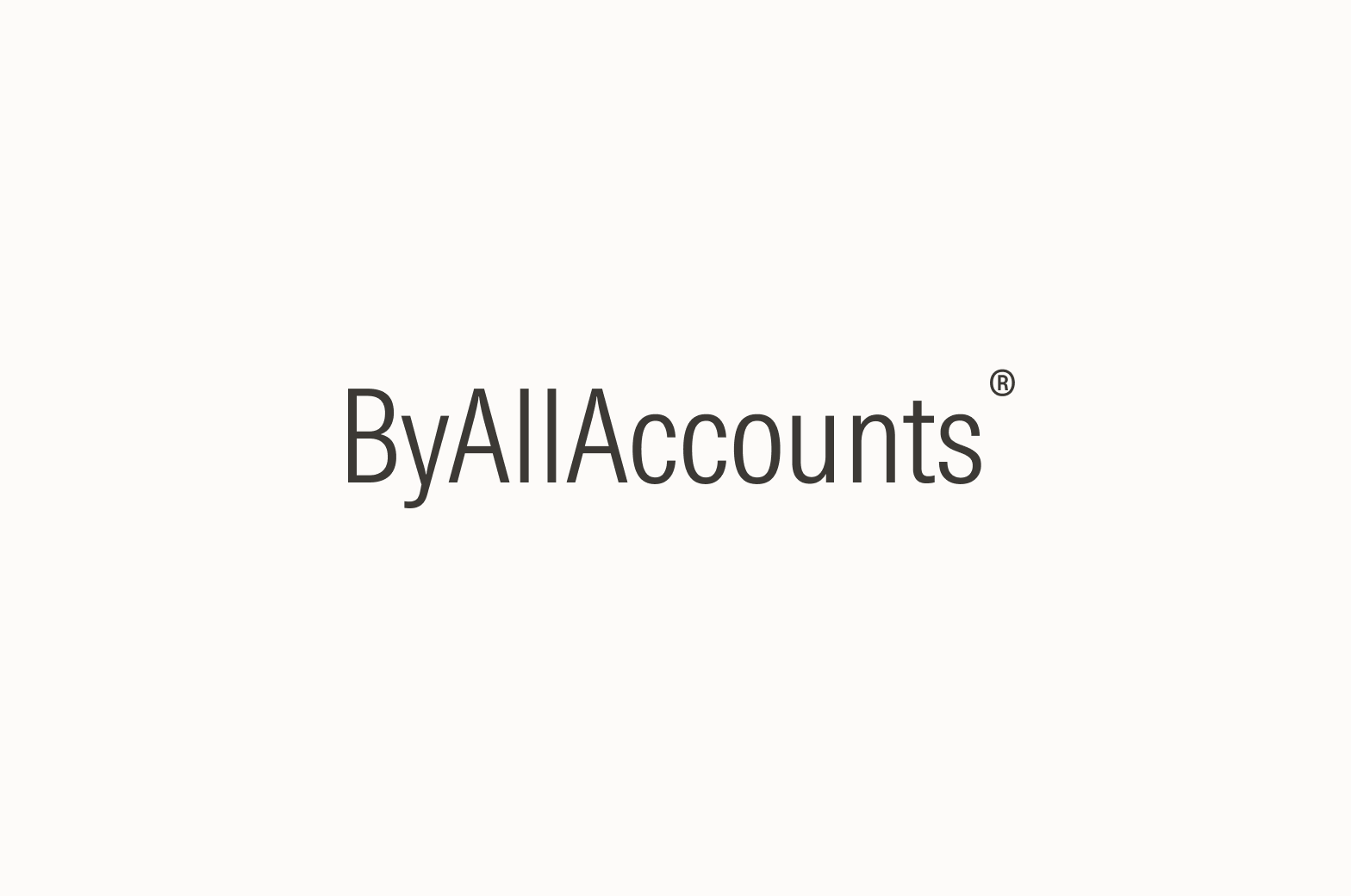Naming
How we name products, features, and other supporting elements is an important part of protecting and reinforcing Morningstar’s strong brand reputation.
Objectives
When choosing names, our focus is on clarity and cohesiveness. Names should serve as mental shortcuts and allow clients to quickly understand where a particular product or capability fits in our broad range of offerings. Ownability is deliberately not an objective because it can lead to names that don’t align with our brand architecture. Marketing messages are better suited to conveying what makes our offerings unique.
Style and Construction
In the world of corporate naming, styles generally exist on a spectrum from descriptive to suggestive to abstract, and name construction spans from real to hybrid to coined (for more detail, see Name Style & Construction (.pdf)). At Morningstar, our names are descriptive in style and real in construction.
Style
To choose an effective and descriptive name, keep the following in mind:
- Use clear, basic language and commonly used words. Clients should immediately be able to understand from the name what an offering is or does.
Establish brand context through placement. While Morningstar is not part of a name itself, brand connection is established through proximity to the relevant family or master brand.
Use English names when possible and allowed by law.
Avoid suggestive names, which use implied language to subtly convey what we offer, and abstract names, which have little or no connection to an offering’s function or benefit.
Construction
Names should use real, unaltered, existing words that are immediately familiar.
Use names that are short and simple, ideally a single word with fewer than four syllables. They should be easy to read, pronounce, and remember.
Avoid using acronyms, unless the acronym is more commonly used than the name it represents (such as ETF for exchange-traded fund) or if it is a universally accepted abbreviation for a country or region (such as EU for European Union).
Don’t use hybrid construction, which creates a name from a combination of words or word-parts, or coined construction, which is a made-up name.
Naming Examples
Name Type | Names to Consider | Names to Avoid |
|---|---|---|
Products | Retirement Manager Model Portfolios Report Stream | BrightStar (suggestive, hybrid) InfoRight (suggestive, hybrid) MoneyMaker (suggestive, hybrid) Polaris (abstract) FSD (unfamiliar acronym) NEXUS (abstract) |
Features | Scenario Analysis Portfolio Management & Monitoring | InfoGen (suggestive, hybrid) Illumin (coined, abstract) |
Supporting Elements | Morningstar Investment Conference Guide to 529 Plans | InvestorFuture conference (hybrid) Connexa blog (coined) |
Format
Both product names and feature names are always text-based. Text is written in title case with the weight and color we use for copy, using standard typesetting controls. Because products are not brands themselves, most don‘t use “Morningstar” as a prefix, nor do they have logos or lockups.

Don’t add graphic elements that transform a product name into a lockup or other type of logo.

Don’t lock up a product name with the logotype.

Don’t use two product names together.

Don’t add a slogan to a product name.
When to use
Product names are used in three situations within our brand architecture. In each case, the associated—or endorsing—brand is always visible:
When a product is the central focus of a touchpoint, including presentations, advertisements, fact sheets, product-focused webpages, or demo kiosks at events. While product features may appear in the composition, the product itself should remain the focus.
Within a product experience, as in a page shell or when navigating to a tool within a platform. For current guidance on page shell design and appropriate use of the logomark in this situation only, see Application Header.
To illustrate the capabilities of a family or master brand. This applies when one or more products represent a broader brand story, such as on a family brand webpage or an event banner.
When not to use
Don’t use product names to refer to business entities. They shouldn’t appear as the contracting entity in agreements or the primary indicator in email signatures or business cards. They can appear in a title line for clarity.
Clear Space

Do show the product name in close proximity to its endorser, following the clear space requirements for the appropriate lockup or logotype.
Relative Prominence
When a product is the central focus of a touchpoint or within the product experience, its name should be prominent in visual elements like the masthead, eyebrow, headline, or page shell to support the reader’s decision-making. The endorsing brand must also be visible to ensure that the relationship is clear.
If highlighting product features, the product name should take precedence, with feature names remaining secondary and never the main focus, and the endorsing brand visible.
When showcasing products to illustrate the capabilities of a family or master brand, the product name should be smaller than the lockup or logotype.
Trademark and Service Mark Symbols
Most product names are not registered word marks, though some are registered as trademarks in the United States and other jurisdictions.
Partners, licensees, media, and other third parties must use appropriate marks after registered product word marks and the endorsing logotype or lockup. For specific guidance, see Trademarks.

Don’t add trademark symbols to product names. See Trademarks.
Acquisition Naming
Acquired companies or products will eventually follow our brand architecture strategy, but they may be exceptions for a defined period. The migration path, including naming, for acquired companies and assets is determined on an individual basis under the direction of the Brand team. For guidance on recent acquisitions, refer to Acquired Brands.
Other Use Cases
For guidance related to naming needs beyond our product portfolio, such as events and programs, please email the Brand team.
